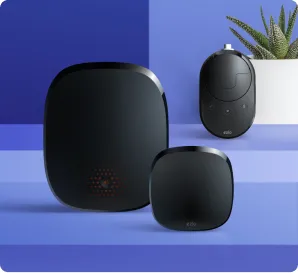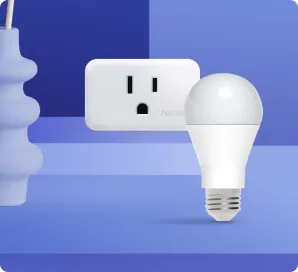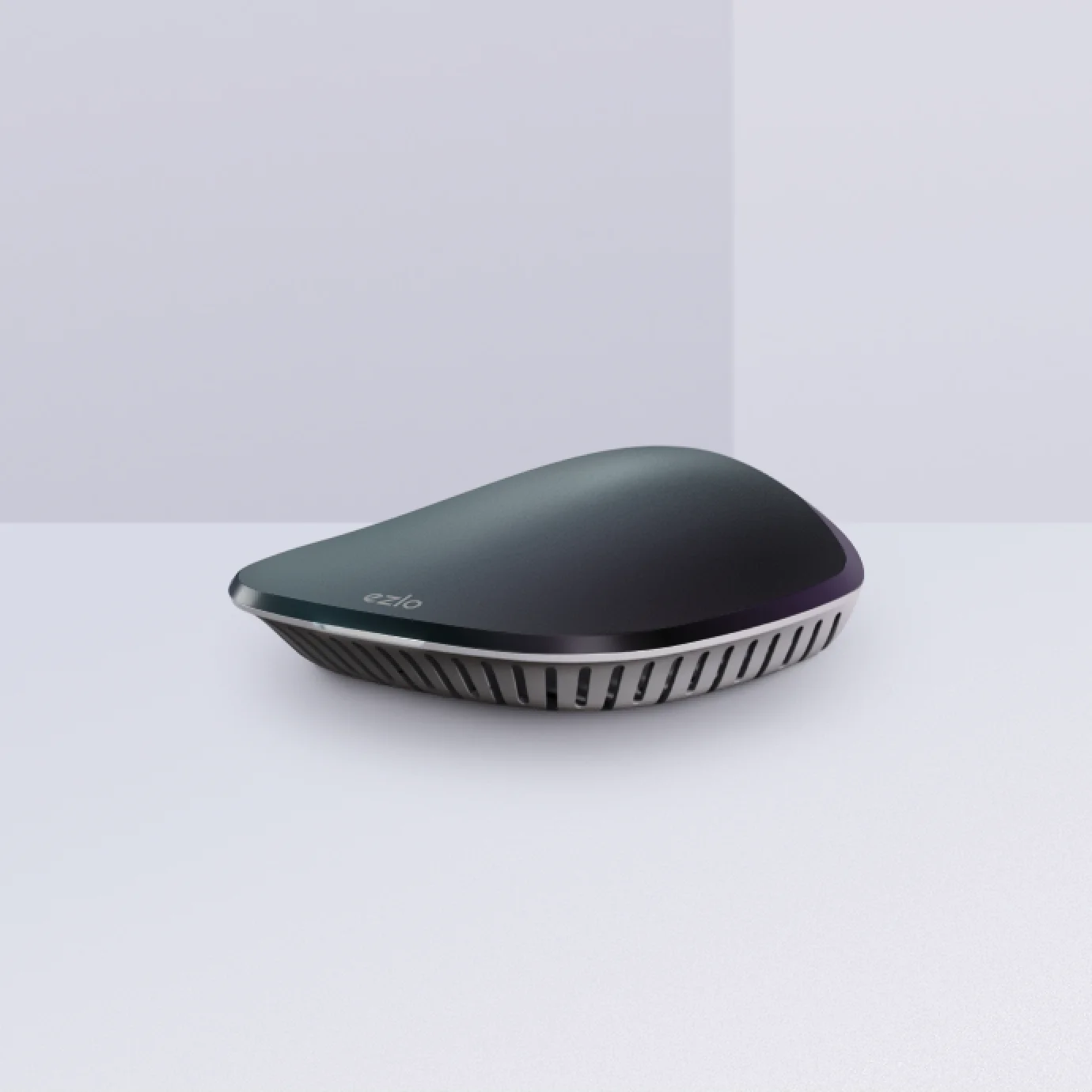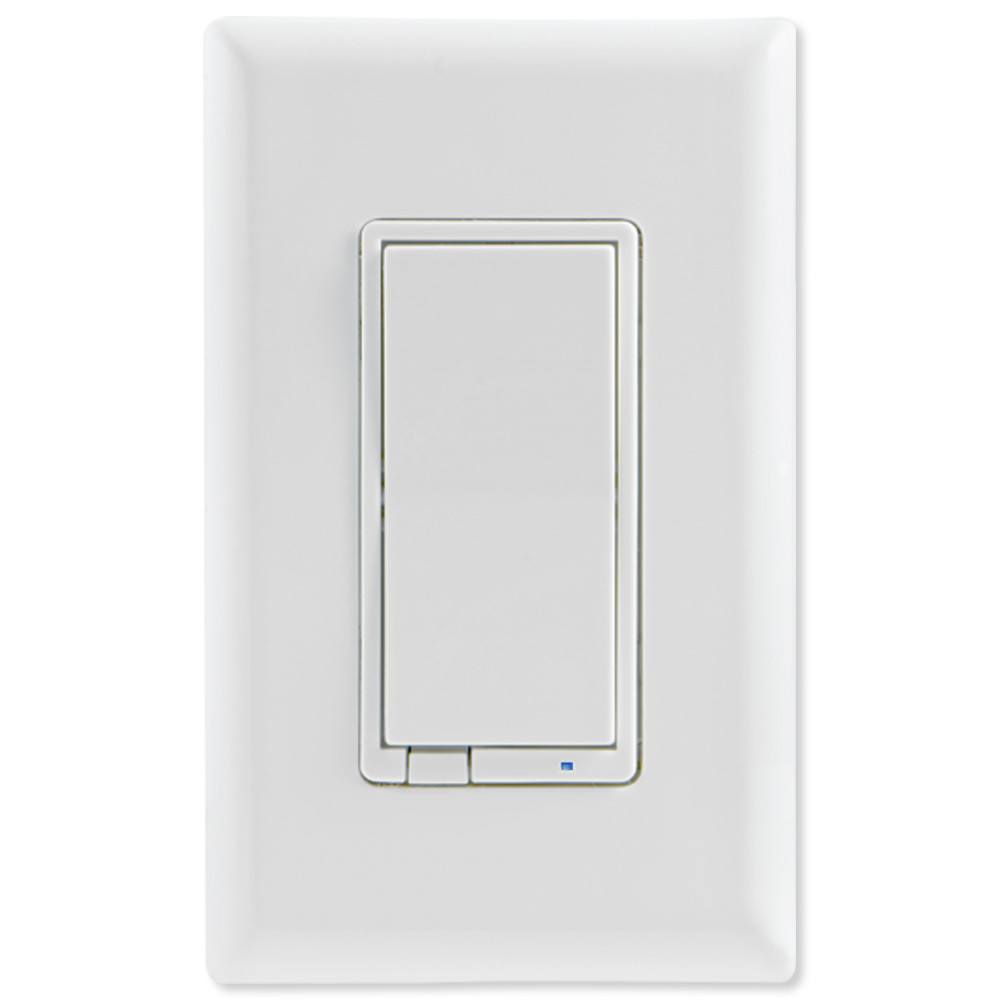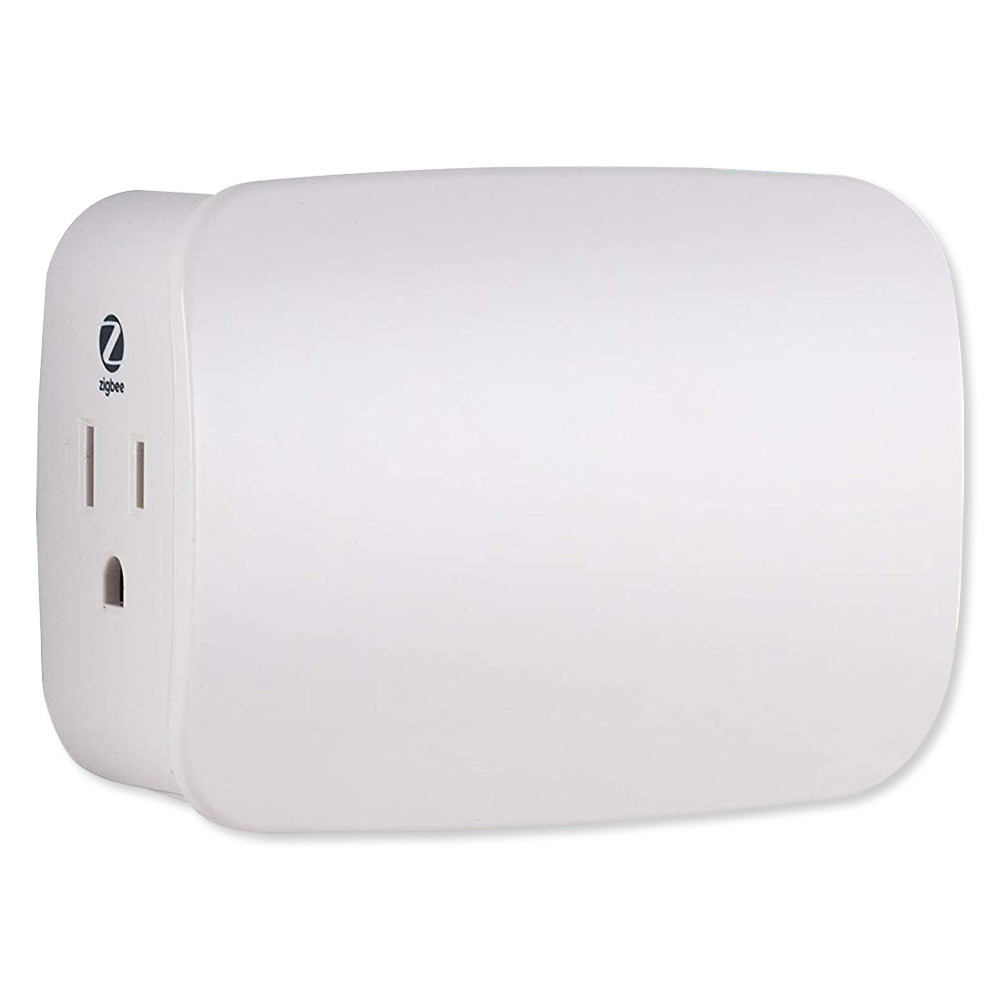Z Wave Vs Zigbee: The Ultimate Home Automation Solution
Smart home automation is not complete without the mention of Z Wave and Zigbee, the main options for a smart home network. Both work in similar ways, but Z Wave vs Zigbee is an unsettled argument. The question on everyone’s lips is, which of the two protocols is better than the other.
When choosing smart home technology, there are a few key players. Two of those players are Z Wave and Zigbee. So, which one is better? To answer that question, let’s look at what each of these technologies offers.
Z Wave
The Z Wave system applies to large, industrial-grade applications, including thermostats, switches, and door openers. Z Wave systems operate through the Z Wave hub, a small device that connects to your home network and allows you to control Z Wave devices throughout your home. With the hub, you can turn on lights, set temperatures, and lock or unlock doors, among other tasks.
Z Wave uses proprietary frequency bands from 868MHz to 915MHz and 2.4GHz to 2.485GHz that are not widely available in other wireless systems.
With the help of a hub, Z Wave compatible devices can send and receive messages over long distances and between rooms in a house or across concrete walls. In addition, Z Wave devices use one interface to maintain interoperability and allow their programming using the same software.
Zigbee
Zigbee is a mesh network that facilitates multiple devices to create one extensive network. So if you have many devices and one of them has an issue, Zigbee always provides another way for the signal to go around.
Zigbee devices can work together to achieve a significant range without needing central hubs or routers, as they can piggyback on one another. As a result, Zigbee is ideal for larger smart homes where devices are spread out and might not be in close range of your router or hub.
The more devices you have installed in your home, the better your Zigbee network will perform, as there will be more points that relay signals through devices.
Z Wave Vs Zigbee: The Similarities
Mesh Network
Z-wave and Zigbee technologies follow mesh topology. For example, if one device stops working, another device on the trail will act as a repeater and forward the data to its destination.
They help you extend your network range without needing additional hardware. You get a robust system with fewer risks of dead spots or nodes that aren’t communicating with one another.
Wireless Communication Protocols
Z Wave and ZigBee are wireless home automation protocols that facilitate devices to communicate with each other. Both allow you to control your lights, locks, sensors, and other IoT devices from anywhere with your smart device.
Frequencies
Both Z Wave and Zigbee are low power and work within specific frequencies and form their networks, similar to Bluetooth or Wi-Fi. For example, Zigbee has a frequency range of 902-928 MHz in the US, while Z Wave uses 908 MHz.
Compliance
Both Z Wave and ZigBee are global standards, meaning that they enjoy recognition by the International Telecommunications Union (ITU).
Z Wave Vs Zigbee: The Differences
Z-Wave is a closed proprietary wireless protocol, which means it’s only available as part of the Z-Wave Alliance.
Zigbee is an open standard protocol, and since there is no one entity controlling it, anyone can develop Zigbee products. However, quality and compatibility can vary widely between different brands.
Zigbee devices can talk directly, while Z Wave devices need to communicate through a hub.
Z Wave Vs Zigbee: Z Wave Wins
Z Wave is a system of strict rules on how messages are routed from node to node before getting back to the controller node. The result is that Z-Wave is more reliable and easier to set up in some circumstances.
Z-Wave is a better choice for larger homes as its mesh network topology allows devices to communicate with more nodes than Zigbee.
Z Wave Vs Zigbee: Zigbee Wins
Zigbee can support up to 65,000 devices on one network, while Z-Wave tops out at 232 nodes.
Zigbee has a maximum range of 100 feet indoors and 300 feet outdoors, while Z-Wave has an indoor range of 30 feet and 100 feet outdoors.
Z Wave Vs Zigbee: The Verdict
The power of a smart home begins with a network that facilitates communication between components in your house. That’s why it’s essential to choose a smart hub that works with your wireless router.
The smart home technology bandwagon provides different ways to make your home smart. However, when building a smart home, you will have to decide what communication protocol to use. The two competing protocols Z Wave Vs Zigbee, remain at the center of the smart home arguments.
In short, if you want a plug-and-play system, then go with Z wave, but if you want something that you can tweak, fine-tune and tinker with, then go with Zigbee. The verdict is yours.

